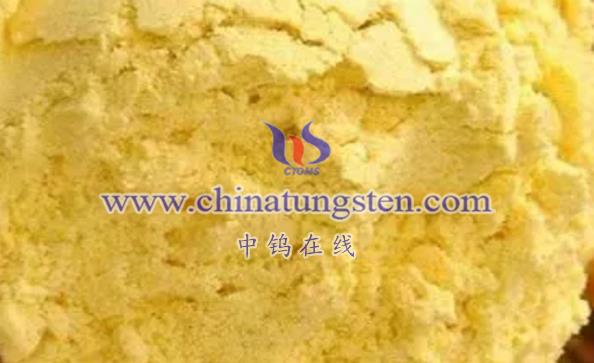
Tungsten oxide nanowires refer to fiber-like materials of tungsten oxide (WO3) with a nanoscale diameter. This material combines the unique properties of nanomaterials (such as high surface area, quantum size effects, etc.) with the structural advantages of fiber-like materials, exhibiting a range of excellent physicochemical properties.
Characteristics of Tungsten Oxide Nanowires:
- High Specific Surface Area
- The nanowire structure significantly increases the surface area, enhancing the material’s surface activity and adsorption capacity.
- Excellent Conductivity
- Tungsten oxide is an n-type semiconductor, and its nanowire form may further enhance its electrical conductivity, facilitating the transport and migration of electrons.
- Good Light Absorption Properties
- Tungsten oxide nanowires can absorb a wide range of the spectrum, particularly in the visible and near-infrared regions, making them valuable for applications in photocatalysis, photoelectric conversion, etc.
- Tunable Chemical Properties
- The chemical composition, surface properties, and crystal structure of tungsten oxide nanowires can be tuned by controlling the preparation conditions and subsequent processing, meeting the needs of various fields.
Methods for Preparing Tungsten Oxide Nanowires:
Several methods exist to synthesize tungsten oxide nanowires, including but not limited to the following:
- Electrospinning Method
- By applying high voltage to a polymer solution, it is stretched and sprayed to form continuous nanofibers. By adjusting parameters like the composition of the spinning solution, voltage, and flow rate, tungsten oxide nanowires with different diameters and morphologies can be prepared.
- Template Method
- Using porous templates like alumina or carbon nanotubes as guides, tungsten oxide nanowires can be grown in the template’s pores by methods like solution impregnation or chemical deposition. This method allows precise control over the diameter and length of the nanowires.
- Hydrothermal Synthesis Method
- In a high-temperature, high-pressure aqueous solution, chemical reactions directly form tungsten oxide nanowires. This method is simple to operate and cost-effective.
Applications of Tungsten Oxide Nanowires:
Due to their unique properties, tungsten oxide nanowires have a wide range of applications across various fields:
- Energy Sector
- As electrode materials for energy storage devices like supercapacitors and lithium-ion batteries, the high surface area and excellent conductivity of tungsten oxide nanowires help improve energy density and power density.
- Photocatalysis
- With their good light absorption properties in the visible and near-infrared regions, tungsten oxide nanowires are used in photocatalytic water splitting for hydrogen production and in the photocatalytic degradation of organic pollutants for environmental protection.
- Sensor Applications
- Tungsten oxide nanowires exhibit high sensitivity and selectivity to gas molecules, making them suitable for the development of high-performance gas sensors.
- Other Applications
- Additionally, tungsten oxide nanowires can be used in the preparation of electrochromic materials, fire-resistant materials, and have potential applications in smart windows and safety protection.
Conclusion:
Tungsten oxide nanowires, as a novel nanomaterial with unique properties, show extensive application prospects and significant development potential across a variety of fields.
More details of tungsten oxide product, please visit website: tungsten-oxide.com
Please contact CHINATUNGSTEN for inquiry and order of tungsten oxide:
Email: sales@chinatungsten.com
Tel.: 86 592 5129595



















